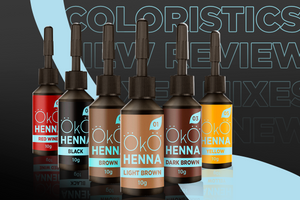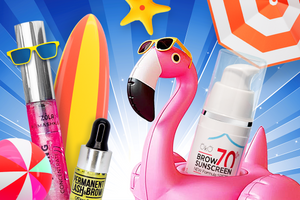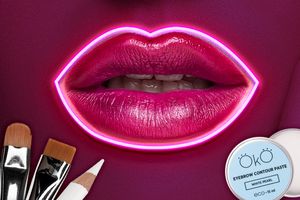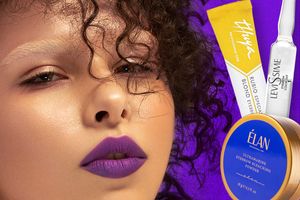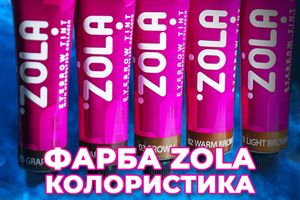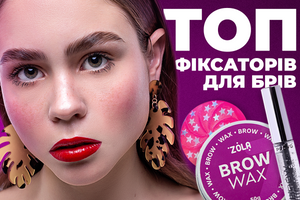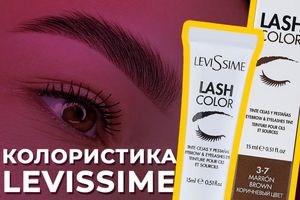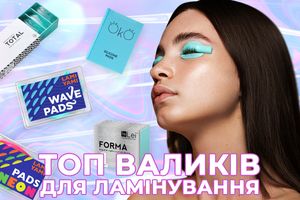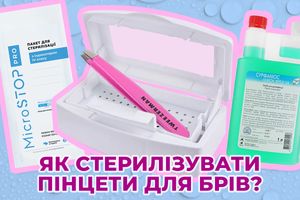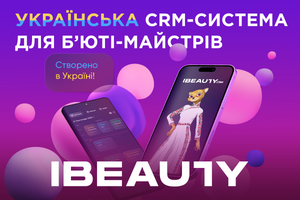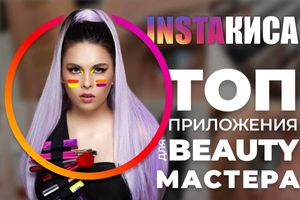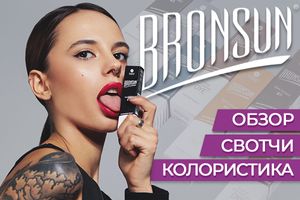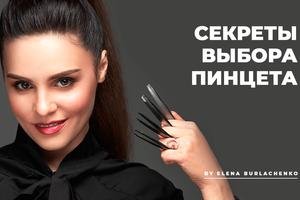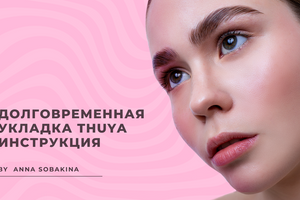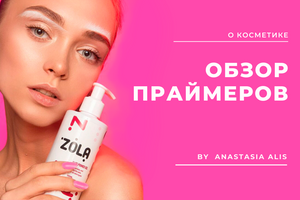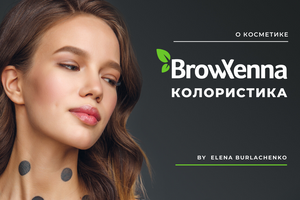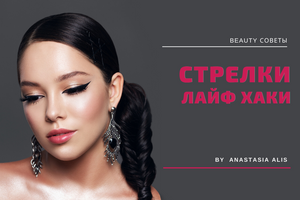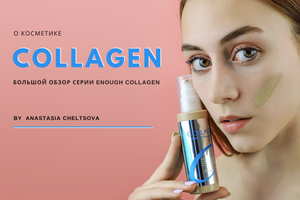
Hello Beauty Hunters!
Now permanent makeup is at the peak of popularity. It allows clients not to think about the regular coloring of eyebrows or lips and allows them to simplify everyday makeup as much as possible. With it, you can build the correct architecture of the eyebrows or lips, correct asymmetry, and hide features in the form of scars and other things.
You often ask us what pigments to choose for permanent makeup and tattooing. Today we will tell you about the pigments presented on the beauty market, how mineral and organic pigments differ, how to work with each type and what pigments are most in demand among PMU artists.
Pigments for permanent make-up - a special pigmented formula, which is injected and kept in the upper layers of the skin with the help of a needle for permanent make-up (cartridge). The choice of pigment depends on the type of permanent makeup and the desired result.
What pigments for permanent makeup exist?
According to the chemical formula, pigments for permanent makeup are:
- organic;
- hybrid;
- inorganic, they are also mineral.
With each of the above pigments, you can make a beautiful, high-quality PMU. The main thing is to learn how to work with them correctly.
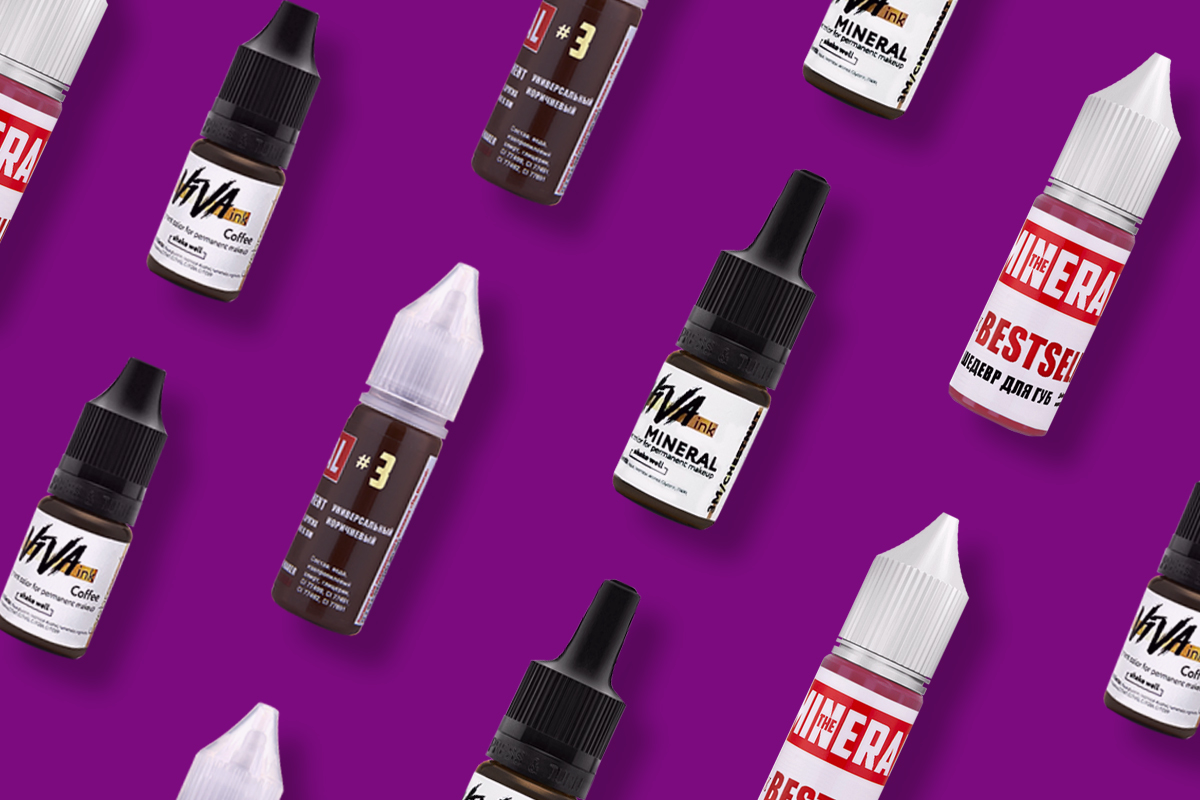
Organic PMU pigments – it is a finely dispersed dye, characterized by brightness, high coloring power, and filling density. Despite the name, organic pigment is not inherently natural. It contains synthetic organic components, safe and hypoallergenic.
Such pigments are made on a water-alcohol basis, which is the conductor of the pigment itself into the skin, due to this, the pigments are pretty liquid and easy to inject. They are convenient to work with, and when healed, they leave a bright and contrasting result even after the first procedure.
Mineral pigments (inorganic) - pigments based on iron oxide. Mineral pigments have a large dispersion, due to which the dye infects the skin harder, which means that the PMU procedure takes more time and requires experience from the artist. The main advantage of mineral pigments is that in the process of wearing they gradually lighten, become more transparent without color inversion, and often completely vanish or a slightly noticeable residue remains.
Mineral pigments are made on a glycerine basis, so they are often quite thick. If necessary, the density of the pigment can be controlled using a special thinner. This will make the pigment more liquid and easy to cover or make the shade lighter and more transparent in the skin.
Hybrids or hybrid pigments - they contain both organic and mineral components in approximately equal proportions. Such pigments are softly applied, like organics, and when healed, after 1-2 years, they come out softly, like minerals.
An interesting moment: purely organic pigments do not exist in nature. Mineral components are always present in the composition of such pigments. If you look at the color index of the pigment, you can find components with the digital designation 77 – this indicates the presence of a mineral component in the composition.
What is the difference between mineral and organic pigments?
In addition to the basic differences in basic ingredients and features in work, there are simple methods that make it easy to distinguish organic pigments from mineral ones:
- When organic matter enters the water, the drop immediately spreads. And if you take a swatch on the skin of your hand or on paper, you will see a stain with a characteristic gasoline sheen.
- Mineral pigments, when they enter the water, immediately sink to the bottom in a single drop, almost without blurring. And if you apply the pigment on the skin of your hands or on paper, you get a velvety matte print.
- Mineral pigments can also be distinguished using a magnet. If a magnet is applied to a glass of water where such a pigment is diluted, the mineral pigment begins to become magnetized, accumulating in certain areas.
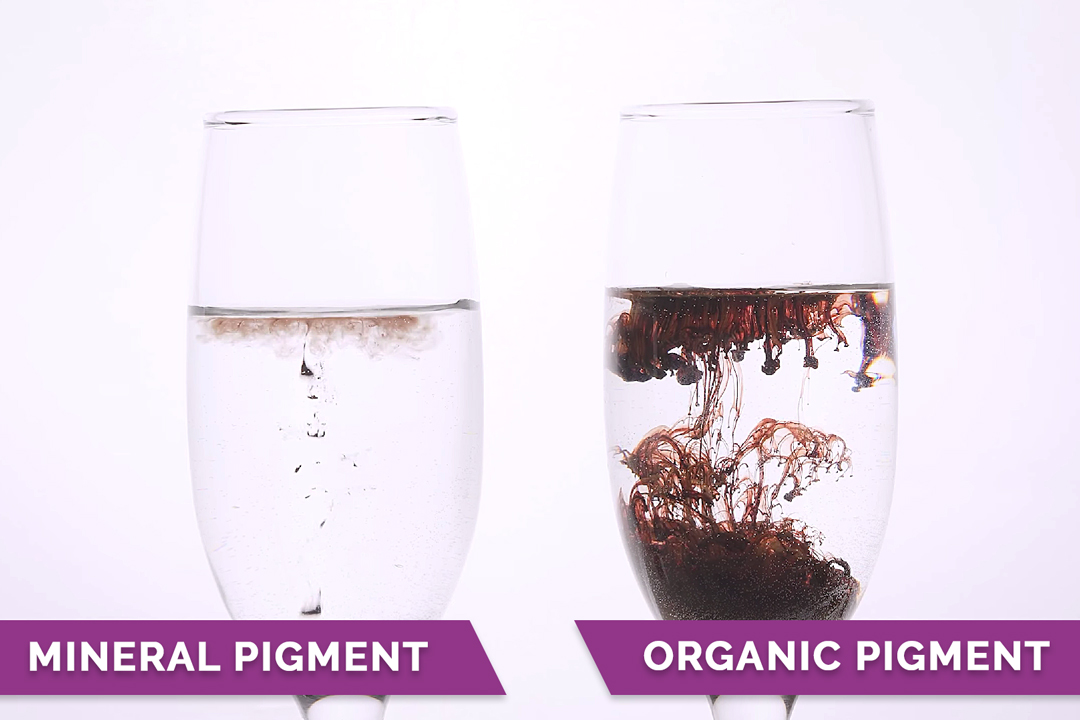

How to work with mineral pigments
Mineral pigments can be used on any type of client's skin. They have a larger dispersion, so the pigment is more difficult to fit into the skin during the procedure. This procedure will take more of your time, and when applied, you will need more effort and stronger needle pressure. The main rule in the work – you need to lay the pigment slowly, carefully, and tightly working through the area of permanent makeup.
To make working with mineral pigments more comfortable, use a few drops of pigment thinner. It will help to make the texture of the pigment more liquid, and, if necessary, the shade more transparent.

TOP pigments for permanent makeup
Now in the permanent makeup market, there is a wide range of permanent pigments from different brands. Our personal TOP of pigments that are popular with professional permanent makeup and tattoo artists:
- The Mineral Pigments are mineral pigments with fairly easy application and a simple, versatile shade palette. When healing, the colors are not distorted and remain pure, and when choosing a shade, you can focus on its name - this is exactly how it will be on the skin.
- Viva Hybrid Pigments - American pigments that have a dense coverage and a rich palette of shades for eyebrows, lips, and eyelids PMU. After healing, the shades remain as stable as possible, so the need for correction is often absent.
- Viva Mineral pigment series. This is a highly concentrated mineral pigment with a natural color palette that allows you to achieve the most natural result of the eyebrow or lip permanent makeup. After healing, the pigment «Viva» retains up to 90% of its color.
- The Mineral Bestseller Lip Pigment Shade is a special, universal shade for permanent lip makeup that suits absolutely everyone! This pigment allows both to emphasize the contour of the lips and give them a light shade, and make a rich, dense result - it all depends on the density of the pigment.

That's all for now! And those who are interested in learning more about pigments for permanent makeup, go to the Beauty Hunter YouTube channel, there you will find an overview of pigments from Anya Sobakina. And don't forget to like and subscribe.
Your Beauty Hunter!




















































































